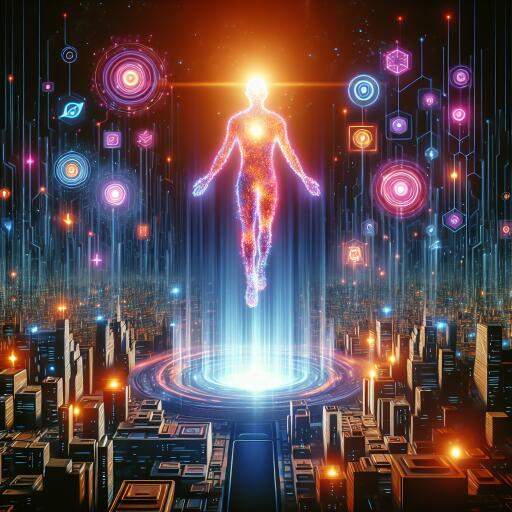AI Chatbot, On Par With GPT-4, Returns After Mysterious Disappearance
The realm of artificial intelligence saw the unexpected return of a previously vanished marvel this week. Known as “gpt2-chatbot”, this advanced AI chatbot resurfaced on the pioneering language model benchmarking platform, LMSYS Org, sparking intrigue and speculation among AI aficionados. Notably, the chatbot now operates under two new guises: “im-a-good-gpt2-chatbot” and “im-also-a-good-gpt2-chatbot,” both of which have showcased abilities mirroring, and in some instances reportedly exceeding, those of OpenAI’s esteemed GPT-4 models.
These novel incarnations have not taken the conventional route back into the limelight. Unlike typical LMSYS offerings, which are readily accessible through a simple dropdown menu, these chatbots eschew direct selection for a more cryptic entryway. Only by venturing into the platform’s Chatbot Arena and initiating a prompt can users chance upon an encounter with these enigmatic entities. This secretive nature has only fueled the fire of community interest and enthusiasm.
Adding to the mystique, OpenAI’s CEO, Sam Altman, dropped a tantalizing hint a day before the chatbots’ reappearance with a tweet mentioning “im-a-good-gpt2-chatbot.” This led to rampant speculation over whether OpenAI might be stealthily benchmarking new AI models through what some suspect to be A/B testing. Given LMSYS Org’s renown for facilitating anonymous, comprehensive testing of AI models in partnership with leading developers, the theory holds water but remains unconfirmed. The tech community has since been fervently dissecting Altman’s words and OpenAI’s publication history in search of clues surrounding future innovations.
Reception to the re-emerged chatbots has been overwhelmingly positive, with enthusiasts lauding their performance as surpassing that of the latest iterations of ChatGPT. Tales of their capabilities have circulated widely, with one user recounting how they tasked one chatbot with coding a “Flappy Bird game in Python” — a challenge it reportedly completed with surprising efficacy. Despite the shadows veiling their origins, these new AI models have undeniably left an indelible mark on the collective imagination of the AI community.
The sudden vanishing act followed by an equally sudden return, under new monikers no less, has generated a flurry of excitement and speculation. Questions about the future of AI testing, the potential of new model generations, and OpenAI’s overarching strategy are humming through the digital ether. As we stand on the precipice of these potential leaps in AI technology, one thing is clear: the “gpt2-chatbots” have not only returned but have done so with a grand entrance that promises to reshape the landscape of artificial intelligence as we know it.










